Review
Ford has won many fans with the Kuga and following the latest round of updates it’s a more compelling fleet proposition than ever before. The car scores well for driveability and technology, but overall running costs are not at the forefront of the segment.
Overview
Practical, good to drive and easy to live with. These are the key attributes of the Ford Kuga, which explains why its such a popular model.
Most of that popularity lies with private buyers rather than fleet customers, however.
For 2024, Ford has applied a number of updates to the Kuga. These include revised styling, new infotainment systems and a refreshed powertrain line-up.
Hybrid engines make up the bulk of the range, with the plug-in hybrid model being of particular interest to company car drivers.
You can read more about the Kuga plug-in hybrid in our long-term test review, here.
The line-up consists of four trim grades, starting with the well-specced Titanium before moving past the more rugged Active to the sportier ST Line and ST Line X versions.
As a family car the Kuga ticks all the right boxes. It’s affordable, spacious and durable.
Comfort and practicality
As a competitor in the mid-size SUV segment, the Kuga is targeted primarily at families. It has a spacious and robust interior. There’s a solid feel to all the plastics, but it’s not as premium as some of its key rivals.
Where the Kuga falls short on fancy trims and materials, it makes up for it with a high specification. All versions are equipped with climate control, keyless entry, lumbar support for the front seats, a heated windscreen and rear privacy glass.
Moving up to ST Line sees the fitment of sports seats with 12-way electric adjustment. Despite having AGR certification, the Kuga’s sports seats aren’t particularly comfortable for long journeys.
You can, at least, achieve a good driving position with adequate visibility.
Heated seats are only fitted to the range-topping ST Line X, unless you specify the £550 Winter Pack.
Space, overall, is ample on-board the Kuga. The rear seat bench can be moved forwards or backwards to balance luggage space with rear legroom. The boot volume varies from 395 litres to 559 litres, depending on the rear seat position.
Safety and technology
One of the key changes for the facelifted Kuga was the integration of Ford’s latest infotainment system. Provided by a 13.0-inch touchscreen, the setup integrates the car’s climate controls into the display. This frees up a little space lower down for some quick access buttons and a physical volume knob.
It’s a slick system that is easy to use and provides high-resolution graphics. There’s also a handy shelf beneath the display upon which you can rest your hand while operating the system, this makes it much easier to do on the move.
A 5G internet connection enables the use of FordPass connected services, including a smartphone app. Wireless Apple CarPlay and Android Auto features on all models.
Also included as standard is a fully digital instrument cluster. Again, with crisp graphics and a simplified layout, the Kuga offers a great digital experience.
Ford’s suite of active safety and assistance systems come on the Active and above. This includes adaptive cruise control, blind spot monitor, cross traffic alert, lane centring and evasive steering assist. The pack also comes with active parking assist and a 360-degree camera system.
All models come with parking sensors, reversing camera, lane keep assist and autonomous emergency braking. Euro NCAP awarded the car a five-star rating, with a 92% adult occupant score and an 86% child occupant score.
Drivability and efficiency
The entry-level Kuga engine is a 1.5-litre Ecoboost petrol unit with 150PS. It’s the least efficient, managing around 42mpg and emitting 145g/km of CO2.
The Kuga hybrid has 180PS and will manage closer to 50mpg. It also emits from 123g/of CO2.
There’s one all-wheel-drive option, using the same hybrid engine but this time with 183PS. There’s a small drop in mpg and CO2 emissions rise to 133g/km.
Fleet customers will be most interested in the plug-in hybrid. It’s the most powerful, with 225PS available. The car also provides a WLTP electric range of more than 40 miles.
Using a combination of the engine and electric capability, the Kuga is able to achieve close to 60mpg in real-world driving. When making full use of the battery, expect around 30 miles of pure electric driving.
Ford’s hybrid systems are paired with a CVT, which can be a recipe for disaster. But in the Kuga the setup works well. The car accelerates cleanly and delivers good response.
Of all the cars in this segment, the Kuga feels more engaging and better to drive. It has keen steering, limited body roll and delivers a dynamic drive.
Ride quality isn’t the best, however. On rougher roads the Kuga struggles to isolate its occupants from bumps and undulations as well as other, more comfort focused, mid-size SUVs.
Company car tax and running costs
The Kuga is a compelling fleet choice, especially as a plug-in hybrid where it attract an 8% benefit-in-kind (BiK) tax rate. You can expect decent real-world economy and it comes with a high specification.
Priced at £40,500, the Kuga plug-in Hybrid ST Line is extremely well aligned to the Kia Sportage GT Line, it’s keenest rival.
The Kia offers lower running costs of 38p per mile (four years/80,000 miles) compared to the Ford’s 42ppm, but the Kia isn’t as good to drive.
Volkswagen’s Tiguan eHybrid is also a worthy competitor, with a longer electric range it manages to slip into the 5% BiK band and provides the lowest running costs. Pricing is higher, however.
Matt has been an automotive journalist for nine years and has driven just about every new car and van that's on sale. As content editor - vehicles he is responsible for the automotive content on Fleet News and also contributes to Automotive Management. Prior to this, Matt worked in the automotive industry for 10 years.


Specs
| Manufacturer | Ford |
| Model | Kuga |
| Specification | Ford Kuga Estate 2.5 PHEV ST-Line 5dr CVT |
| Model Year | 2025.00 |
| Annual VED (Road tax) | £110 |
| BIK List Price | £40,500 |
| Range | 42.30mile(s) |
| CO2 | 21g/km |
| BIK Percentage | 9% |
| Insurance Group | N/A |
| CC | 2,498 |
| Fuel Type | Petrol Hybrid |
| Vehicle Type | Medium SUV |
| Luggage capacity (Seats up) | 628litres |
| Doors | 5 |
Running Costs
| P11D | £40,500 |
| Cost per mile | 49.54ppm |
| Residual value | £14,125 |
| Insurance group | N/A |
| Fuel Type | Petrol Hybrid |
| Cost per mile | 179.96ppm |
| Fuel | 2.01ppm |
| Depreciation | 175.55ppm |
| Service maintenance and repair | 2.40ppm |
Rivals
Info at a glance
-
P11D Price
£40,500
-
MPG
313.9 (WLTP) -
CO2 Emissions
21g/km -
BIK %
9% -
Running cost
3 Year 60k : £14,125 4 Year 80k : £11,250 -
Fuel Type
Petrol Hybrid -
Range
42.30mile(s)

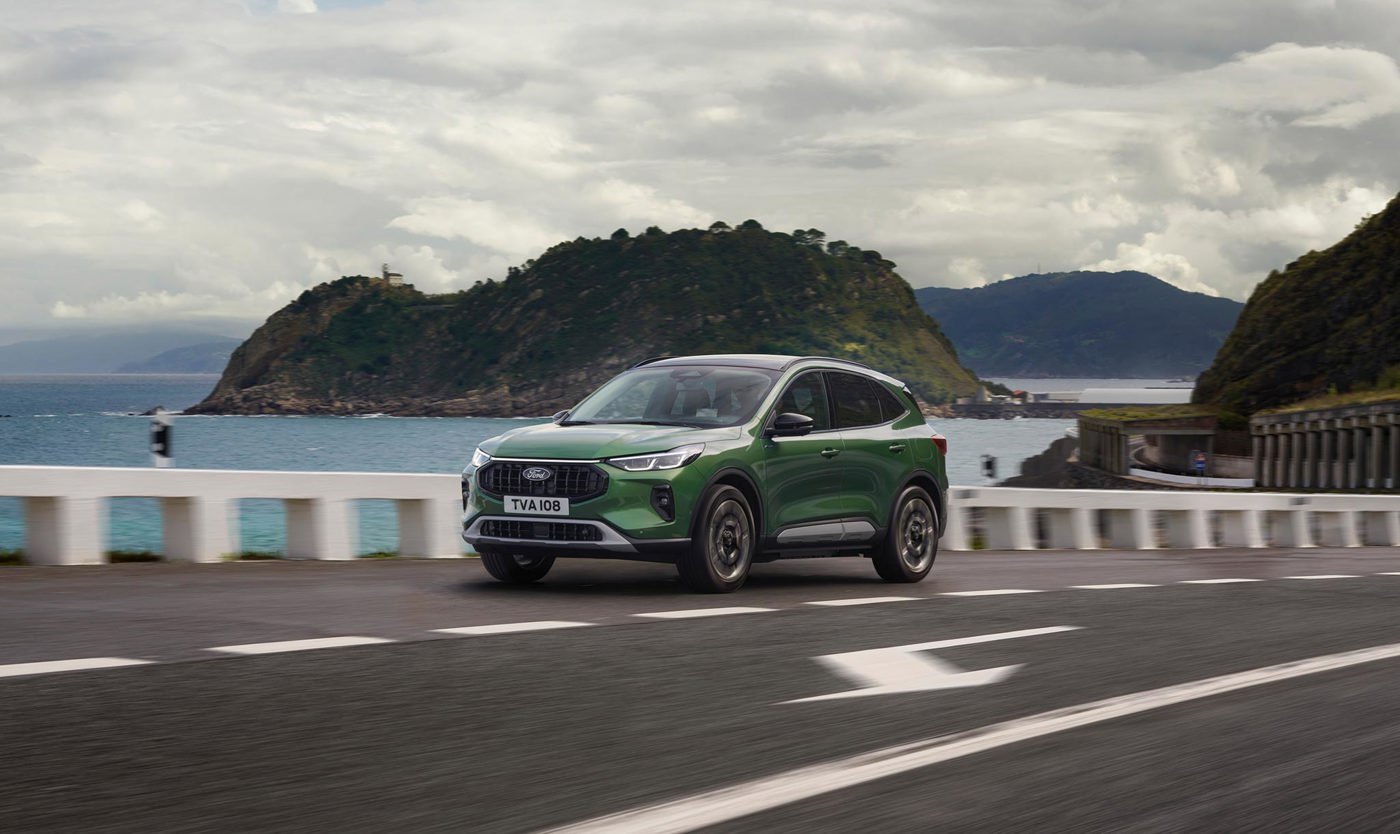
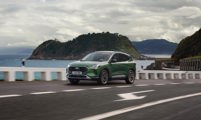



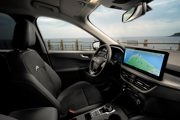



 Petrol Hybrid
Petrol Hybrid
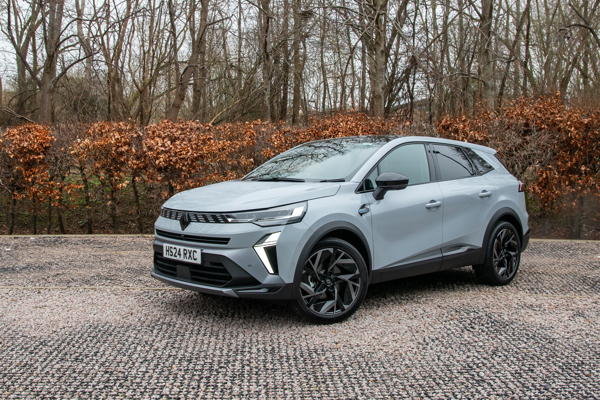

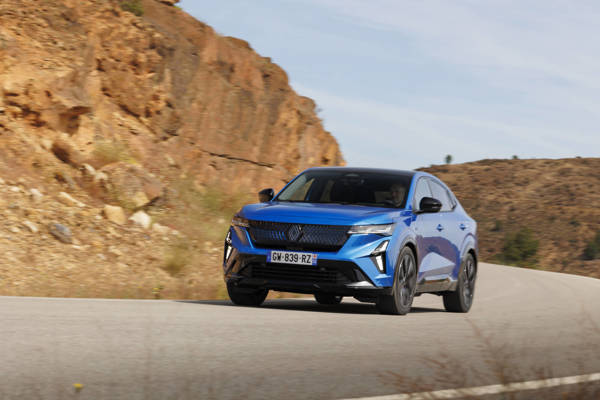




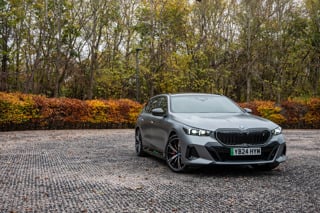

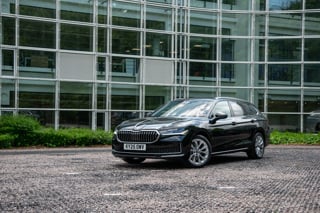












Login to comment
Comments
No comments have been made yet.